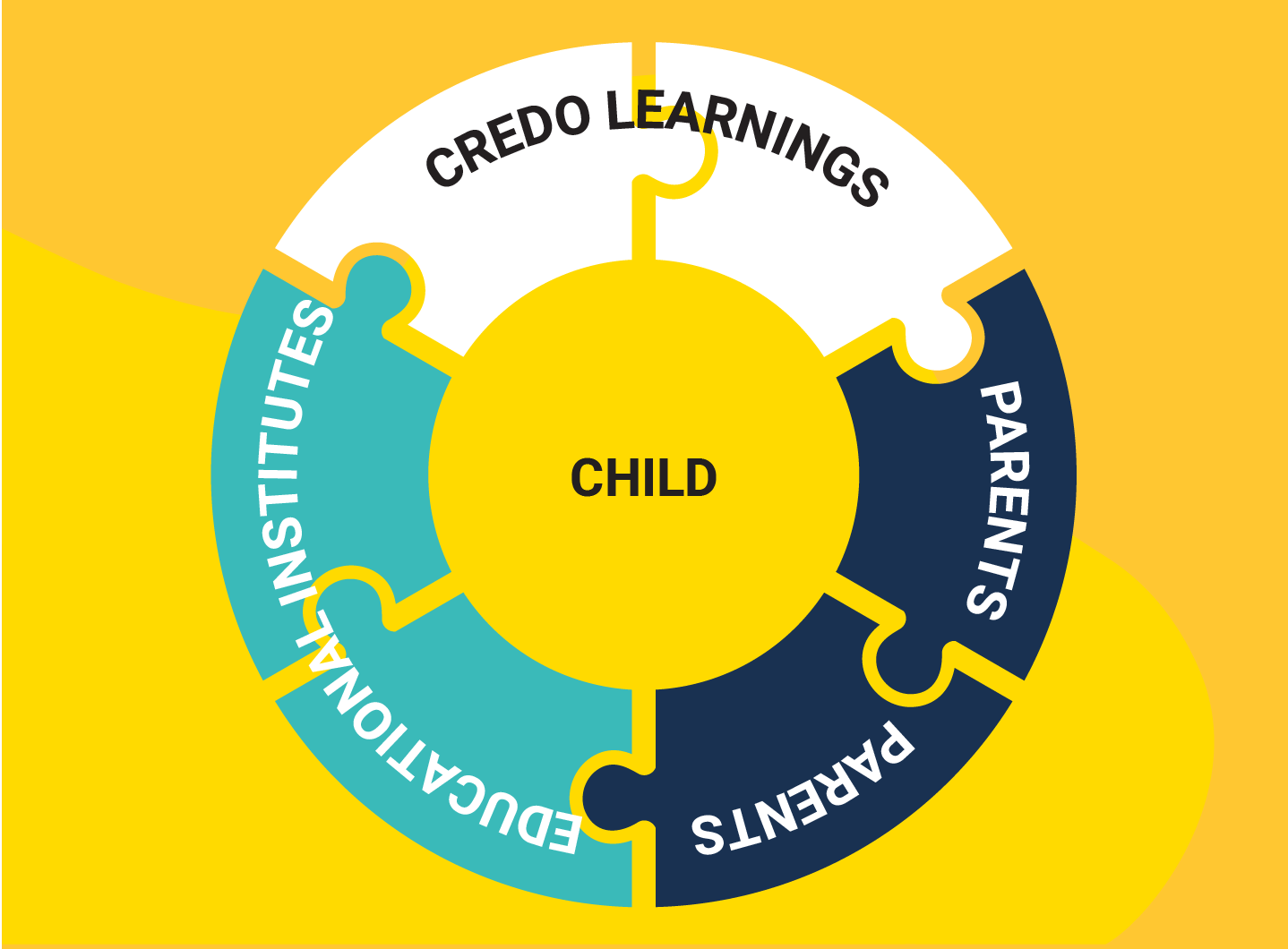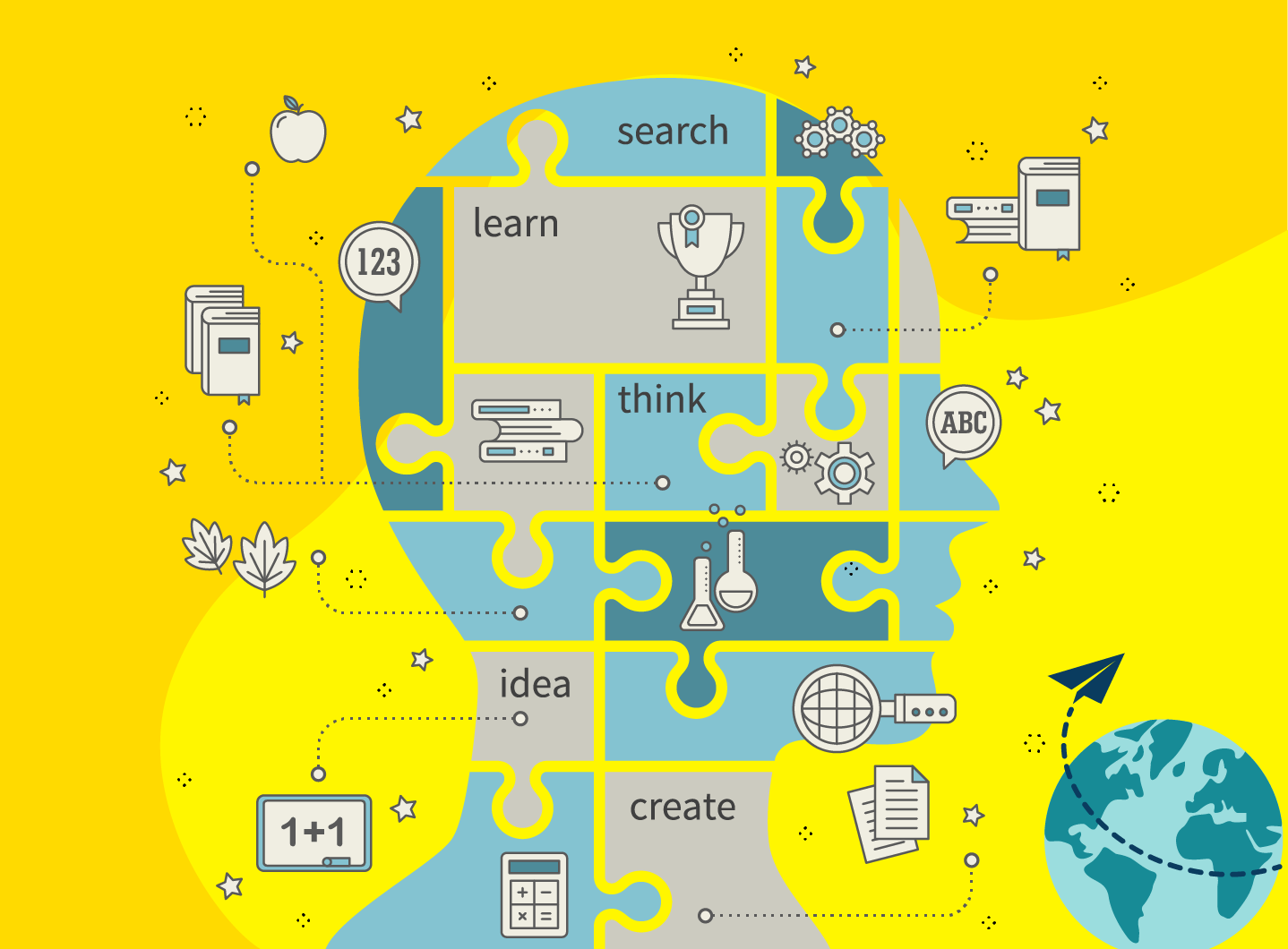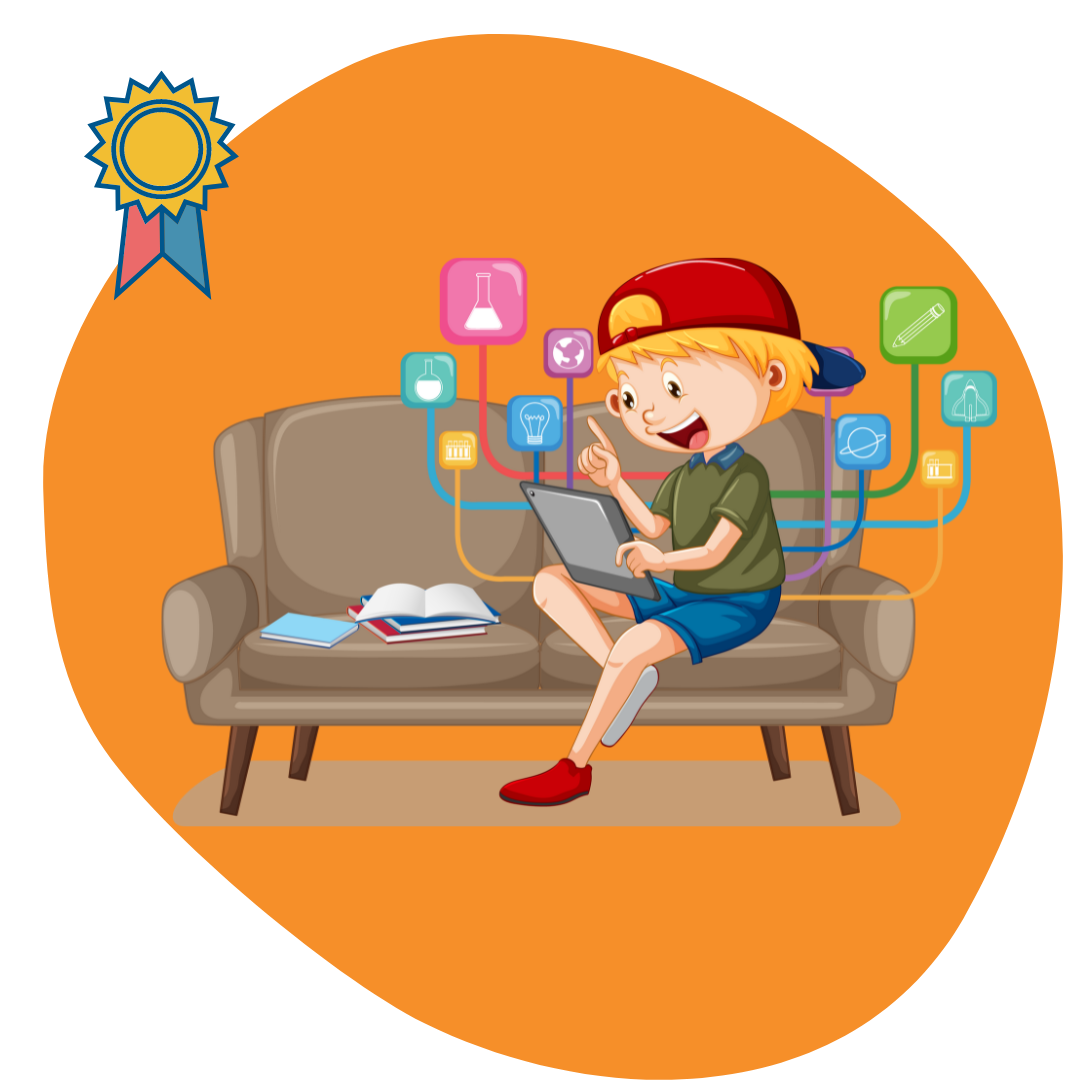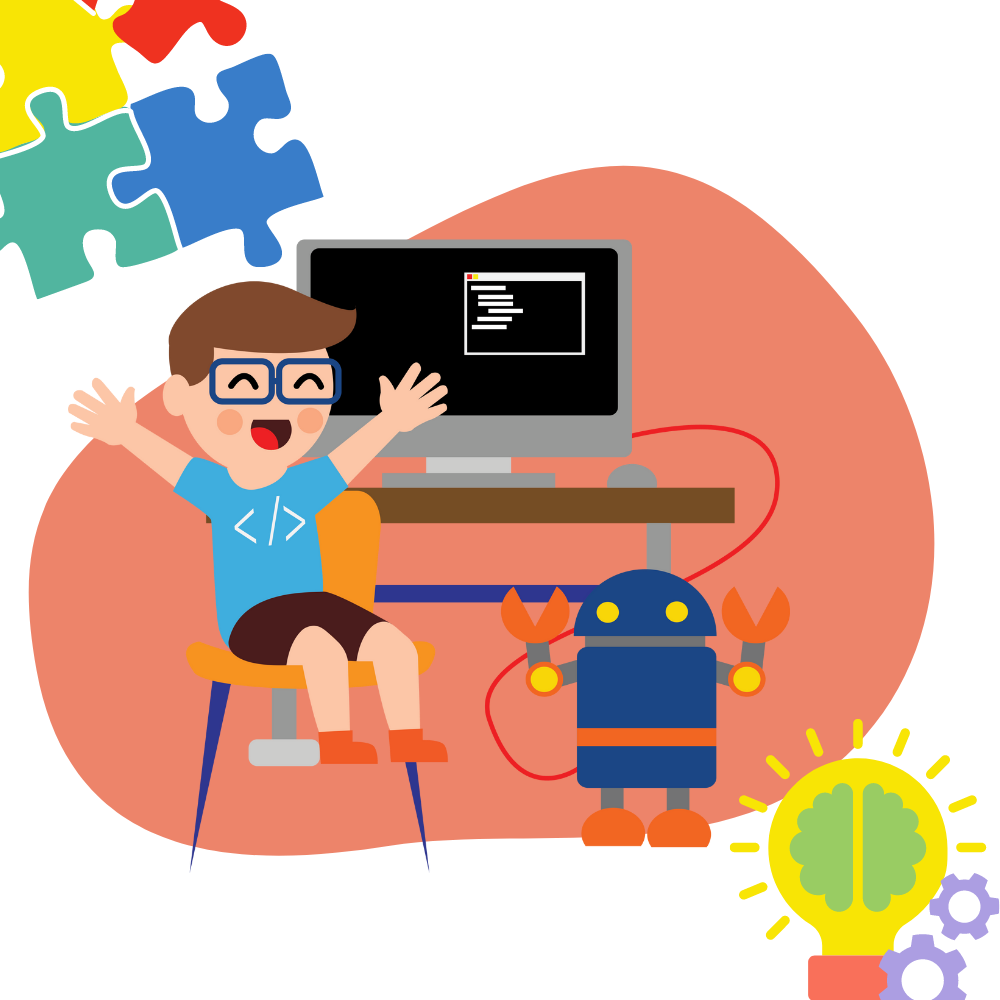Credo Learnings Programs
Engaging Programs to learn Computational Thinking & Coding.
A Cohesive Approach That Is Uniquely Collaborative
We place the child at the center of a highly synergistic triad of Credo Learnings experts, parents, and educational institutes.


Insightfully-Designed Curriculum With International Standards
Our well-defined curriculum is a curated blend of international norms, and well-proven lesson plans to build a strong foundation in Computational Thinking and Coding.
Our curriculum includes:
- Introduction of the concept
- Structured exercises to practice concept application
- Exercises to reinforce learning
- Opportunity for creativity and exploration.
Age-appropriate and Scaffolded Teaching Methodology
We place critical importance on the training of our teachers because we understand the onus of imparting knowledge to the young impressionable minds of primary school kids.
We engross each group by age-appropriate procedures and enhance cross-learning with diverse tools. Our unique process builds a foundational understanding of subjects and reinforces learning with specially-developed home assignments.


Handpicked Teachers Trained To Optimise Learning
We believe that children imbibe fastest when the process of learning is joyful. That’s why we bring the best of age-appropriate in-class tools and deploy hands-on experiences so that learning is anything but boring.
- Trained Faculty with experience in Learning + Tech Field
- Extra mile to make sure students understand the basics
- Explain & Motivate students to apply CT in real Life
Every Age Group Is Special, So Is Our Course Module
With computational learnings at its very core, every Credo Learnings program aims to amplify the problem-solving capabilities of your child.
With learning progression pathways designed keeping the existing intellect and reasoning skills in mind, every Credo Learnings program is designed to cater to a specific age group.
And as the child keeps picking up, there is always more to help them keep growing.
Credo Medio

Grades 6 to 7

Learn to think creatively & reason systematically

Help choose best debugging practices when solving problems

Apply CT & CS knowledge to implement simple projects.

Embrace challenges and appreciate deliberate practice as path to mastery.

Persist in the face of setbacks and learn from feedback.

Appreciate Programming as fun activity!
Why Computational Thinking (CT) for children?
CT involves understanding a problem, designing a solution and expressing it in a form that a human or a machine can execute.
CT is a mental skill, of analytical and problem solving strategies that a child can apply across any discipline, regardless of career, and even in the absence of a computer.
How will Computational Thinking benefit my child?
Computational Thinking will help your child develop the ability to solve problems in multiple subjects. Research has shown that learning to think computationally has a positive impact on the cognitive skills of children.
Computational Thinking skills will also empower your child for the careers of the future like Computational biology, computational physics, computational economics, computational social science etc
How are Credo Learnings’ courses different from other Coding Courses?
Our aim is to help children learn and practice computational thinking skills to enable them to become problem solvers and innovators. We do this by deploying multiple learning aids, including coding, puzzles, robotic tools and paper-pen based activities.
Does Credo Learnings offer live classes?
All Credo Learnings classes are conducted live by trained teachers.
What is the mode of Credo Learnings classes - Offline or Online?
The decision to allow for a child’s picture to be taken at a Skole facility is at the discretion of the family. Some families allow pictures to be used strictly within the classroom (i.e. to label cubbies), some allow pictures to be used both internally and externally (i.e. for our center-wide website), and still others do not allow pictures of their children to be taken at any time – no exceptions. In any case, we will respect your rights and your decision.
Do you use any hands-on learning tools?
Yes, Credo Learnings curriculum and methodology help the children practice Computational Thinking concepts using the various robotic tools like Cubetto, Edison, Ozobot etc. Children love interacting with the robots and develop creative solutions for various project challenges we give them.
What is the age group covered in the Credo Learnings curriculum?
We teach children from age Kindergarten to Grade 5. Credo Learnings curriculum for Grade 6 and 7 would be launched soon.
How will I know about the progress of my child on the Credo Learnings curriculum?
The Credo Learnings team regularly shares the student’s dashboard with the parents. This can be used to track the student’s progress through the course including the key concepts learned, status of assignments, status of online activities assigned and the projects created by the students.



